How Many Ounces in a Cup
In the world of cooking and baking, the right measurements are the key to a good recipe. Understanding the relationship between different units of measurement, such as ounces and cups, is important for any chef or home cook.
Knowing how to convert ounces to cups is incredibly helpful in cooking. This allows you to easily switch between two common units of measurement. Whether you want to avoid the hassle of buying a kitchen scale or you just prefer to use measuring cups, having this change on hand is very beneficial. So how many ounces are in a glass?This article helps you to understand How many ounces in a cup?For more details visit our website.
This informative guide provides a simple way to understand the ounce to cup conversion, covering both the metric and imperial systems. If you’re not sure which measurement system you’re using, don’t worry; This post contains a clear explanation of all the scenarios. Greatly helps you to understand how many ounces in a cup?
While most online calculators offer quick solutions, this practical guide tries to understand the basics. This method supports consistent understanding.
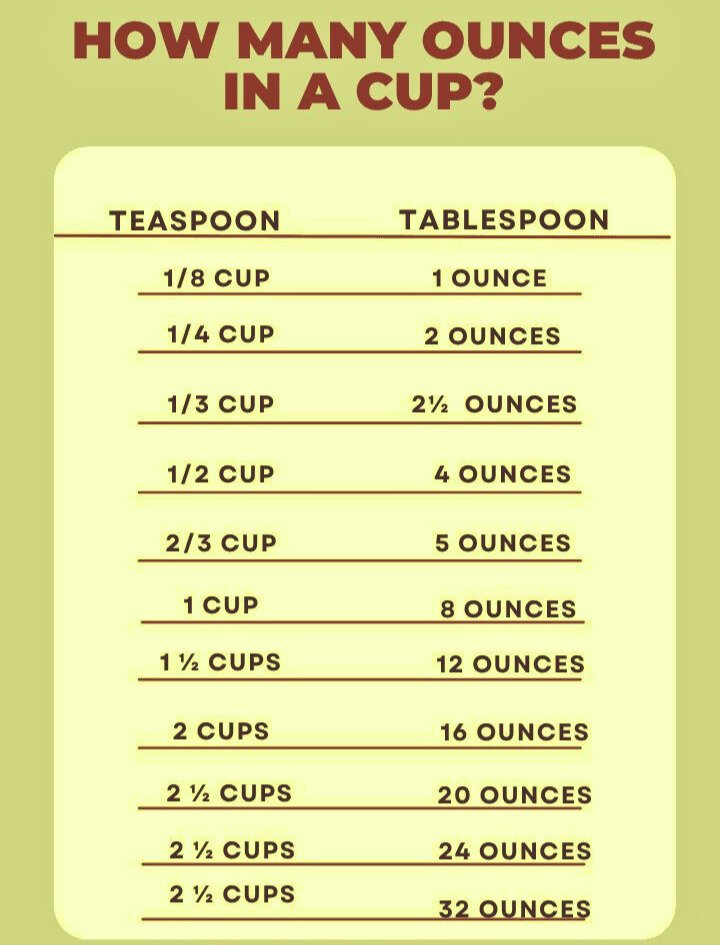
Ounces are a common culinary unit of measure, which makes it common to encounter situations where you need to convert or check the amount of ounces in a glass. Some people may find this task difficult, especially if the numbers don’t add up. However, it is very important to understand that the transformation process will become easier once the basic concepts are clarified.
Ounce?
The ounce (oz) is a unit of weight commonly used in the United States and British imperial systems. That’s about 28.35 grams. The globe can be measured both dry and wet.
Cup?
A cup is a volume measure used in cooking and baking. It is the standard unit of measurement, a cup equivalent to 8 fluid ounces or approximately 236.59 milliliters.
Table of Contents
What is a Cup?
When you think of “mug,” an image of your favorite coffee mug may come to mind. However, in the field of cooking and baking, special measuring cups are readily available.
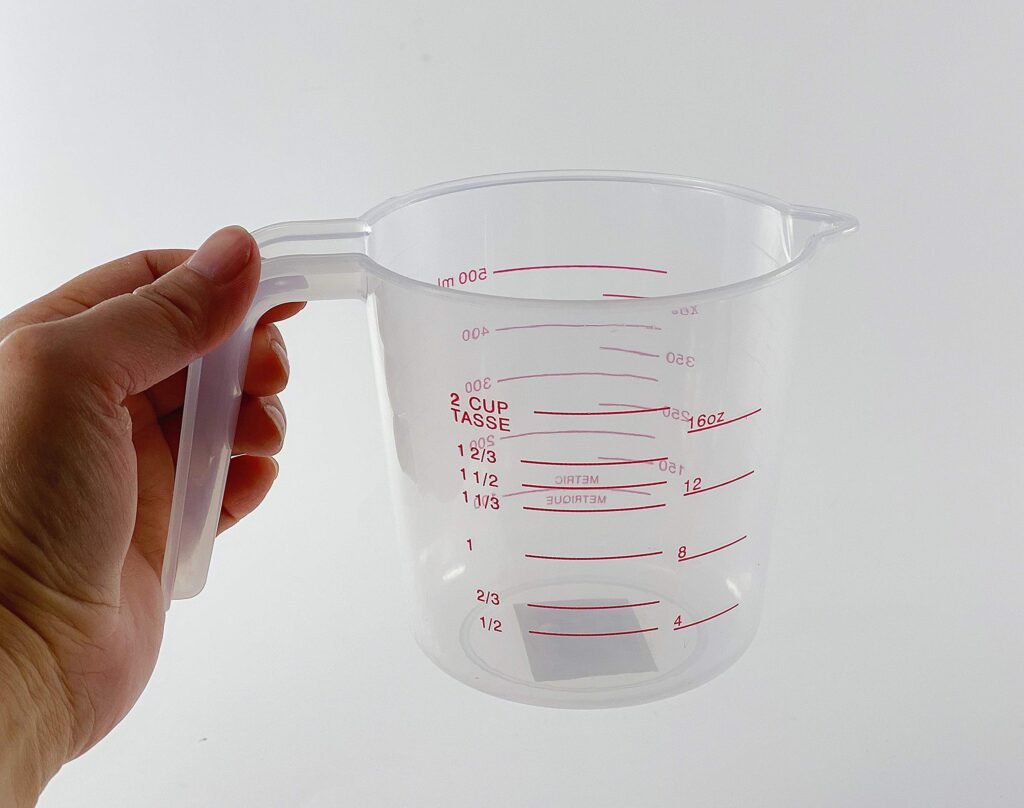
Using a measuring cup provides a simple and convenient way to measure ingredient quantities and is a standard method in most online recipes.
In the United States 1 cup = 0ne half of US pint
In the Metric system 1 Metric cup = 250 milliletres
Spoons and teaspoons can be seen as miniature counterparts of cups. Many times, when you purchase a set of measuring cups, it is common to also purchase a set of measuring spoons.
It is important to understand cup measurements accurately to accurately determine the number of ounces in a cup.
A Cup vs. An Ounce
In this case, the unit of weight prevailing in the United States and Great Britain; Approximately equal to 28.53 grams. It represents a basic unit of weight. In this case, it is important to understand the context of the situation.
How many ounces in a cup?
The answer can be complicated because not all measurements are the same. Essentially, the result varies depending on the measurement of the substance. Converting liquid ingredients is simple, but the process becomes more complex when dealing with dry ingredients.
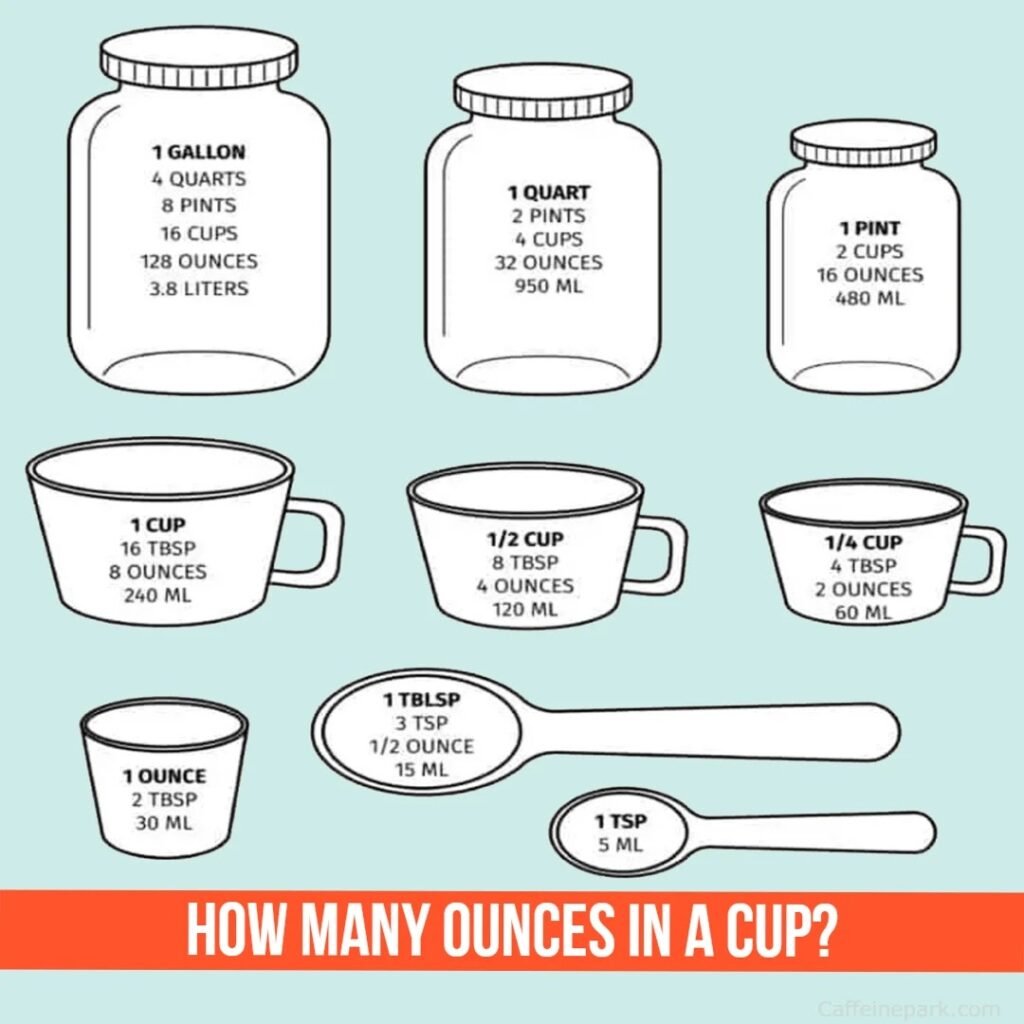
The solution to this query also depends on the measurement system used in your context and the nature of the substance. For example, in the United States, 1 cup equals 8 ounces, and in the United Kingdom, 1 cup equals 10 ounces.
Dry Ingredients
When it comes to dry ingredients, the conversion process can be a little trickier. When recipe makers like myself use containers to measure dry ingredients, we’re primarily concerned with volume, not weight. The exact weight is affected by the density of the ingredient in question.
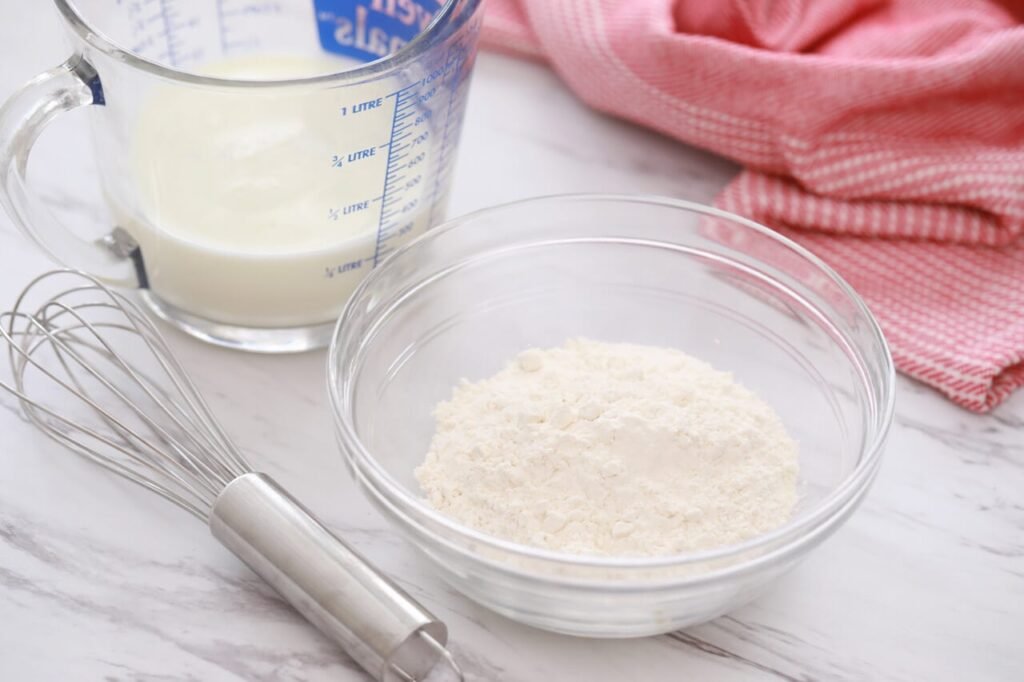
For Example,A cup of fresh spinach usually weighs about 1 ounce. In comparison, a cup of a denser substance, such as chocolate chips, usually weighs about 6 ounces.And it makes your measurement easy that how many ounces in a cup?
Liquid Ingredients
When it comes to liquids, the solutions are simple and easy to remember. Liquids are measured in fluid ounces, and 8 fluid ounces make 1 glass. This principle applies universally to all liquids.
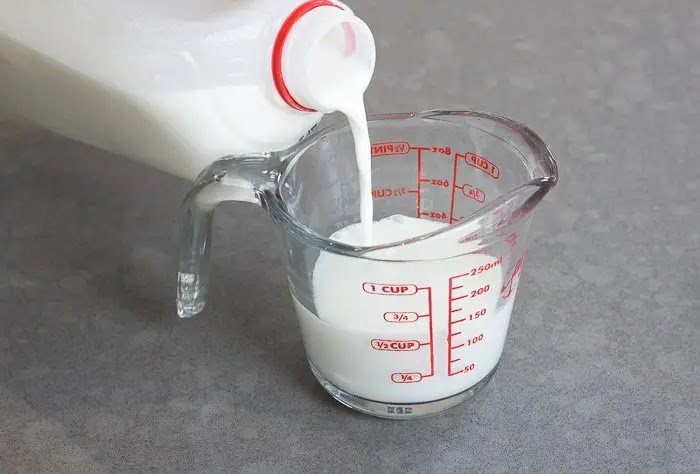
>1/8 cup = 1ounce
>1/4 cup = 2ounces
>1/3 cup = 2½ ounces
>1/2 cup = 4 ounces
>2/3 cup = 5 ounces
>1 cup = 8 ounces
>1½ cup = 12 ounces
>2 cup = 16 ounces
>2½ cup = 20 ounces
>3 cup = 24 ounces
>4 cup = 32 ounces
Ounces (oz) – Vs – Fluid Ounces (fl.oz)
The main difference is that an ounce measures the amount of dry matter, while a fluid ounce measures the amount of liquid material. Additionally, ounces are used to measure the weight of dry ingredients, while fluid ounces are used to measure the volume of liquids.
Diverse Measurement System For a cup
The cup measurement system in the United States differs from the system used in the United Kingdom. For example, in the US, 1 cup is equal to 8 ounces, while in the UK, Australia, and Canada, 1 cup is equal to 10 ounces.
Converting to dry measurements follows a simple formula: 1 ounce = 1/8 cup. In the context of US liquid measurement, 1 glass equals 8 fluid ounces. In contrast, in the UK, 1 glass equals 10 fluid ounces.
Dry VS liquid Ingredients
In calculations involving ounces, it is common for people to occasionally mix liquids and solids. Ounces are generally divided into two different categories: dry ounces and fluid ounces.
It is appropriate to use ounces when working with dry ingredients, while fluid ounces are the correct choice for liquids. While dry ingredients require a scale for accurate measurement, liquids are best measured with wet measuring cups. Dry ingredients include items such as salt, flour, baking powder, cocoa powder, baking soda, sugar and milk powder. Instead, wet ingredients include water, oil, eggs, liquid milk, yogurt, and honey.How many ounces in a cup?
It is very important to use the designated measuring cup for each type of material. For example, it is recommended to avoid using wet measuring cups for dry ingredients, especially during baking.
How to Fill In Dry and Liquid Measure Cups?
Dry Measurement: A liquid measuring cup usually consists of a plastic or glass container with measurement markings on the side. In contrast, a dry measuring cup is designed to hold a precise amount of dry ingredients. As a result, after filling the ingredients, it is necessary to smooth it with a butter knife. Follow these steps when using dry measuring cups.
Step 1 ,Begin by placing the dry measuring cup inside a bowl
Step 2 ,Carefully pour the dry ingredients into cup
Step 3, Once its filled to top,flatten it by scrapping the excess of the sides of the cup, allowing it to fall back into the bowl.
Step 4 , Confirm measurement by looking at the markings on the cup,or consider using a scale for accurate weighing.
Step 5 , Gently tap the bottom of the measuring cup to settle dry ingredients ,ensuring accurate measurement
Step 6 ,For finner ingredients like flour tend to clump together you can sift them into a measuring cup to get more consistnet measurement.
Liquid Measurement:Filling a liquid measuring cup is much easier than filling a dry measuring cup. The liquid glass has an easy pour spout that allows liquids to be transferred from the tank to the glass easily and without spilling. This unique feature also prevents any leakage during the casting process.
Step 1, Carefully pour the liquid into cup
Step 2 ,Monitor the measurement level using the markings on the sides of cup
Step 3, If accuracy of weight is required use a scale for measurement
Step 4 , Hold the measuring cup at eye level to ensure accuracy in reading liquid measurements
Step 5 ,To reduce the risk of dripping pour slowly and steadly.
Measuring spoons, even large ones, are very effective tools for quickly measuring small amounts of ingredients. They are versatile and can be used for both wet and dry ingredients.
Ounces vs different cups
How many Ounces in a cup?/ cocoa powder
* cup 1 / 4 = 0.9 oz
* cup 1 / 3 = 1.2 oz
* cup 1 / 2 = 1.3 oz
* cup 1 = 3/½ oz
How many ounces in a cup?/water
>1/4 cup = 2 oz
>1/3 cup = 2½ oz
>1/2 cup = 4 oz
>cup = 8 oz
How many ounces in a cup?/ Maple syrup
*1/4 cup = 3 oz
*1/3 cup = 4 oz
*/2 cup = 6 oz
*1 cup = 12 oz
How many ounces in a cup?/flour
>cup 1/4 = 1 oz
>cup 1/3 = 1½ oz
>cup 1/2 = 2½ oz
>cup 1 = 4½ oz
Comparing British & American measuring cups
The difference between US and UK measuring cups is small. You generally don’t need to switch between them unless you’re working with a very precise recipe. When cooked, a UK measuring cup holds 250ml, while an American measuring cup holds 240ml.
Additional measurements to look out include
½English cup is equal to 125 ml
½ US cup is equal to 120 ml
Should I opt for measuring cup or scale?
When working with liquid ingredients, you have the option of using a measuring cup or a scale, both of which provide equal accuracy. Armed with easy-to-switch information (8 ounces in a cup), you have the flexibility to seamlessly switch between these two modes as the situation demands.
Where a recipe calls for measuring dry ingredients into containers, it is recommended to follow these measurements. The person who prepared the recipe has already taken the ingredients into consideration and determined the right amount for you. However, it is very important to follow the prescription preparation instructions closely. For example, keep in mind that a cup of finely chopped spinach weighs slightly different than a cup of packed spinach. Likewise, a cup of shredded cheese will weigh more than a cup because of the denser packing of shredded cheese.For more details visit our blog.
Ultimately, the number of ounces in a cup depends on the specific ingredients you’re working with. While the volume of the bottle remains constant, its weight can vary depending on the substance being measured. This calculation is simple once you understand the basic conversions explained in the table below. Making sure you follow the measurements specified in the recipe is key to getting the best results. We also encourage you to explore other related measurement guides that may be of interest to you.
FAQ`S
HOW many ounces are in a dry cup?
A cup of dry matter contains 4.5 ounces of dry matter.
How many cups makes a gallon?
For dry matter,there are 18.62 cups in one gallon.One gallon holds 16 cups.
How many pints are in a pint?
One litter of US liquid is equivalent to two littres of US liquid.
How many ounces in a cup of butter?
One US cup holds 8 fluid ounces of butter.
How many ounces in a cup of water?
A cup contains eight fluid ounces.
How many ounces in a cup of flour?
A cup of flour contains 4.5 ounce.


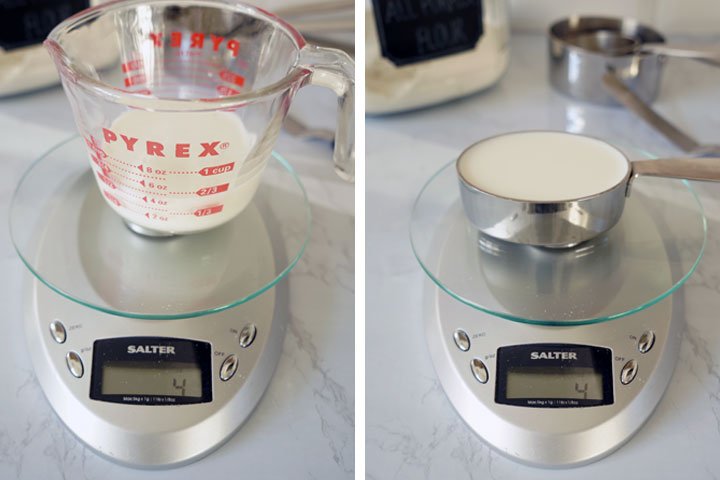
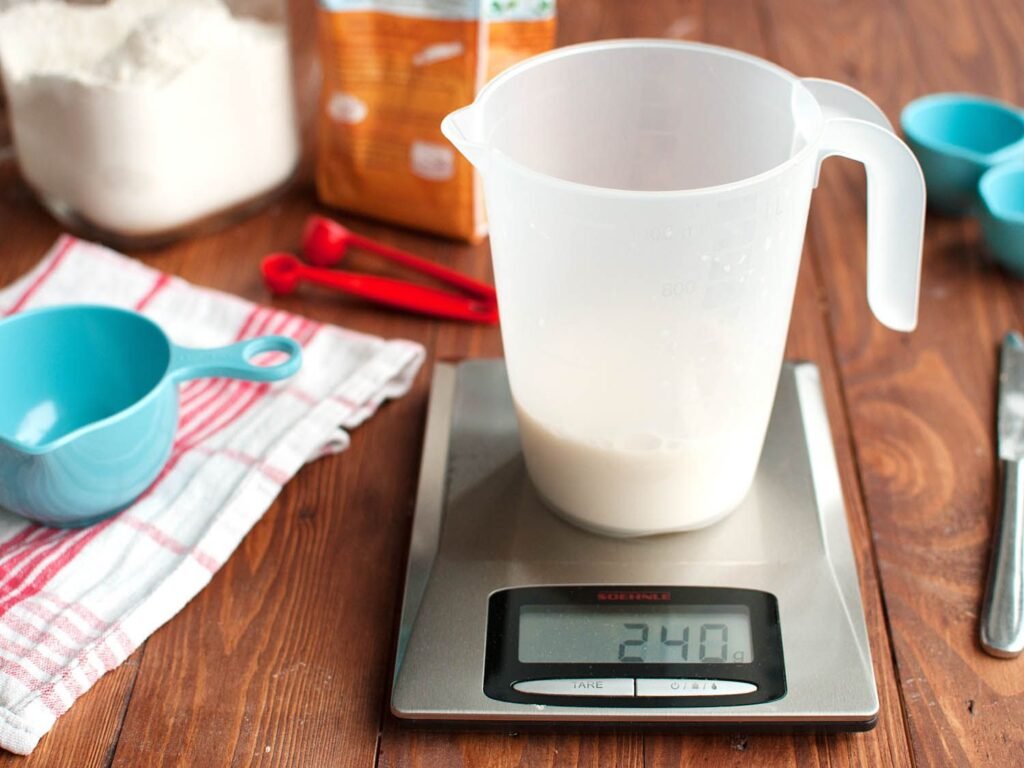



2 thoughts on “How Many Ounces in a Cup? Easy Explain”